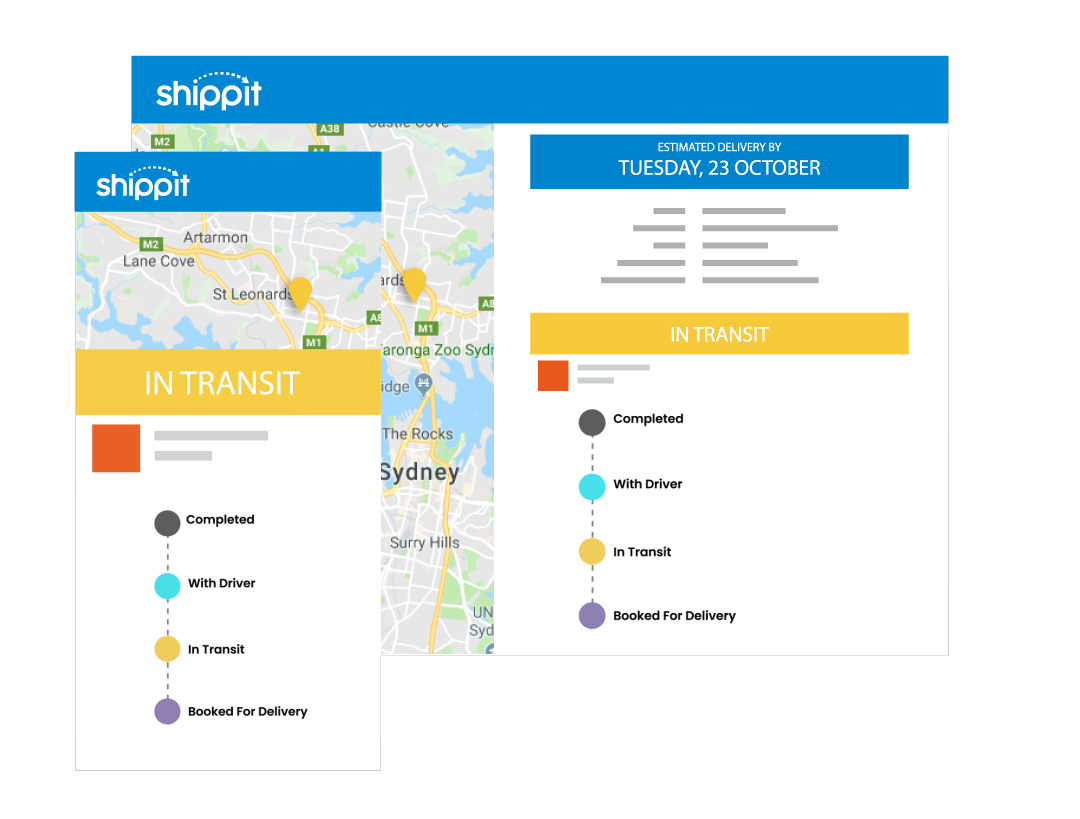Visual search is the next biggest thing set to shift how we search and buy products. While Snapchat, Pinterest and Facebook are developing solutions in this space, Google is invested in evolving it’s Lens image search option to offer a more refined, productive and precise tool. The startling fact is: Lens can now identify more than one billion products, which is four times its ability at launch.
If you scroll through your camera roll, you’ll see everything from pics of unidentified food and sweeping sunsets; to shots of your tantrum-throwing toddler and the odd awkward selfie. On top of these life-pics, there’s probably also useful reminders, such as photos of a product you’ve seen or a tweet you love.
Our phones are with us almost every minute of every day, and as storage costs get cheaper, our camera roll shows how much we’re snapping practical stuff. As the way we use our camera changes, so does the tech; advances in hardware, software and AI seek to support you searching what you see, scan your surroundings and be more productive.
See and Search
Much of the discussion of the next generation of SEO has been around the growth of voice search through the development of smart home devices. But visual search is another crucial aspect to consider as it becomes even more relevant in 2019.
While we may know what we want, finding the right keywords isn’t always easy. The good news is, Lens can do the describing for you; translating the stuff in your sights into a search query. And because it relies on Google’s massive database, there’s endless potential to evolve. That’s why, alongside voice search and smart homes, visual search is exciting. Some schools of thought advocate that visual search holds more capacity than voice search, given that an AI viewfinder overlays the answers where the questions are.
Imagine getting directions while looking at the street, being led to the products you’re searching for on the shelf, or instantly translating ‘where’s the toilet?’ in your sight, while travelling. More than ever, it’s essential to ensure your brand, products and services show up in this space.

Style Search Function
This is Google’s version of Pinterest’s Lens. Growing ever more intelligent and intuitive, this feature allows you to aim your camera at a dress that’s taken your fancy, or a great bag, and Lens will feed you useful info such as similar designs and product reviews.
It’s easy when you want to find out what kind of hipster succulent you just walked past, but what about those times when you’re looking for ideas, instead of answers, such as shoes in a particular style. If you think about how difficult it is to describe ‘style’ in words – this is where visual data cuts through.

Stuck Points
But like all emerging products, some stuck points still need to be worked through. What we look at in real life can often be at odds with the web images used to train computer vision models. We shoot from a variety of angles, locations and lighting, and what we’re taking a pic of doesn’t always remain nice and still. All these variables can confuse Lens. Google is beginning to fix this by instructing the algorithms using more pictures resembling those taken with smartphone cameras.
Refined Reading
Imagine being able to copy and paste a fabric you love, or a hilarious quote you see, to your phone. To make this a reality, Lens reads and actions words you come across; add the details on a business card to your contacts or add a list of ingredients for a delicious dish to your shopping list.
Using an optical character recognition (OCR) engine, Lens trains the machine learning algorithms using different characters, languages and fonts. This is because it’s difficult to differentiate between figures that resemble each other, or work out that ‘b00k’ is ‘book.’
On the Horizon
There’s a lot of buzz that we’re entering into a new era all about the camera. As AI and machine learning has lurched ahead in leaps and bounds, hardware has also got more grunt than ever (think mobile phones). With more people using their camera to record both life moments and practical stuff, the camera is turning out to be a tool that’ll take us into the future.

